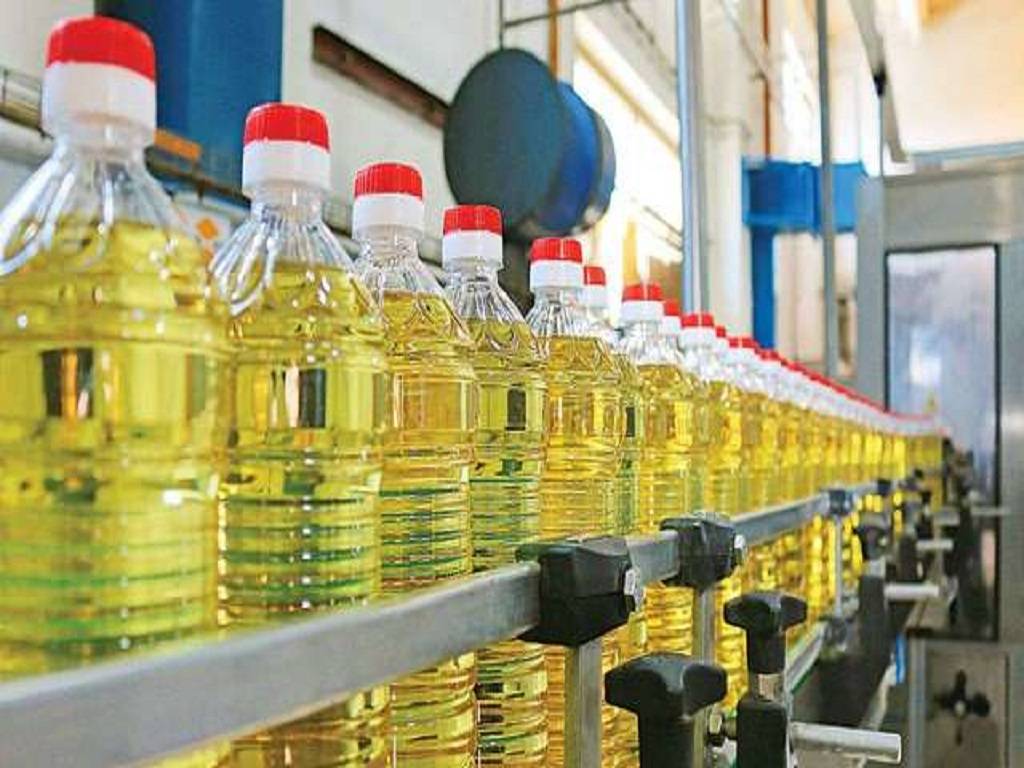
To boost oilseed production and therefore India's dependence on imported edible oils, the government is contemplating several measures, including offering incentives to farmers and processors.
Enhancement of Crop Yields
The goal is to increase mustard, sunflower, and other oilseed production by extending cultivation areas and enhancing crop yields.
According to sources, the agricultural ministry will soon issue a Cabinet note detailing incentives for oilseed farmers as well as initiatives to connect them to private processing companies.
Following crude petroleum and coal, edible oils are threatening to strain India's current account, with imports of these products expected to increase by 65 percent year on year to $17 billion in the 2020-21 'oil year' (November-October) due to the rise in global prices. Since then, imports have stayed high. Of course, the government, which used to enrich itself by collecting more than a third of the import value via high import duties on edible oils, cut taxes in November and February of last year.
Mustard Production
Mustard production will be increased by farming larger lands in non-traditional regions like Karnataka & Maharashtra, as well as areas under rice fallows (which remain uncropped throughout the rabi season) in Uttar Pradesh, Bihar, Jharkhand, West Bengal, Assam, and Odisha.
Mustard, which contributes to around 39% of India's domestic edible oil production, is now grown mostly by rainfed cultivation, which influences productivity.
According to officials, mustard sowing grew by 24 percent in the current rabi season (2021-22) to 9.1 million hectares (mh) contrasted to close to 7.3 mh recorded a year earlier. In the next years, the goal would be to increase the agricultural area to more than 12.2 mh.
The government is also discussing how to revive sunflower production, which is now limited to a few areas. According to an agricultural ministry official, the average area under sunflower ranged from 2.1 million hectares in 1990-1995 to 1.94 million hectares in 2005-2010. During 2017-18, the area fell to 0.28 mh and is now hovering around that level.
Officials also stated that the lack of a remunerative price is the primary reason for the recent fall in the area of sunflowers. "Lower involvement of private enterprises in seed production owing to less sunflower area has further lowered cultivation," according to an agricultural ministry note.
Palm Planting
Prime Minister Narendra Modi established the National Mission for Edible Oils – Oil Palm in August 2021, with an investment of Rs 11,040 crore, to put in an additional 6.5 lh under palm planting 2025-26.
0.36 mh is currently under palm planting. However, it would take around 5 to 7 years to remove palm seeds for processing.
India now generates around 45% of domestic edible oil usage. Other oils that contribute to local production include soybean (24%) and groundnut (7%).
Crude palm and soybean oil are mostly imported from Malaysia, Indonesia, Argentina, and Brazil, and account for 62 % and 21 % edible oil imports, respectively. Because of the nation's high reliance on imports, edible oil imports are expected to reach Rs 1.5 trillion in 2021-22. India relies on Ukraine for sunflower oil, which accounted for 14% of total edible oil imports in 2020-21.
Measures to contain hike in Edible Oil Prices
To contain the rise in edible oil prices, the government implemented several measures, such as the imposition of a stock limit as well as tracking of stocks proclaimed by entities to prevent hoarding, as well as necessary changes in trade policy instruments such as rationalization of import duty, changes in import quotas, restrictions on commodity exports, and so on.
In addition, the government recently reduced the basic import tariff on crude palm oil, crude soyabean oil, and crude sunflower oil from 2.5 % to nil. The agricultural process on these oils has been reduced to 5%.
















